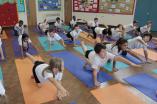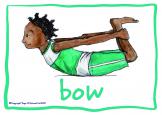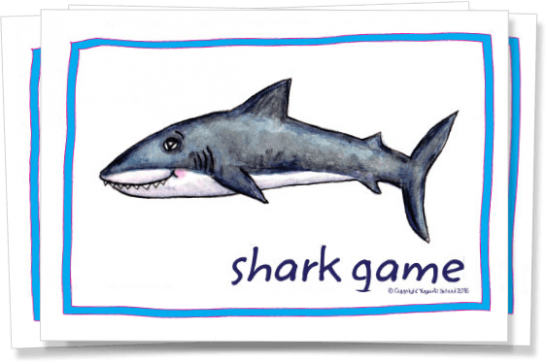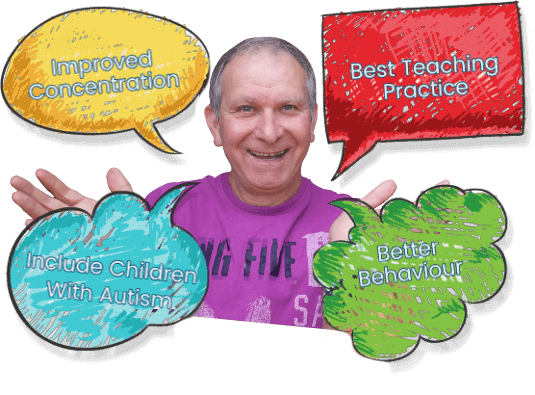Teaching Yoga to Children with Autism - A Piece of Cake?
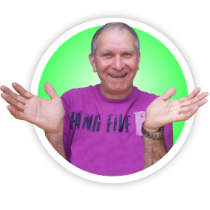
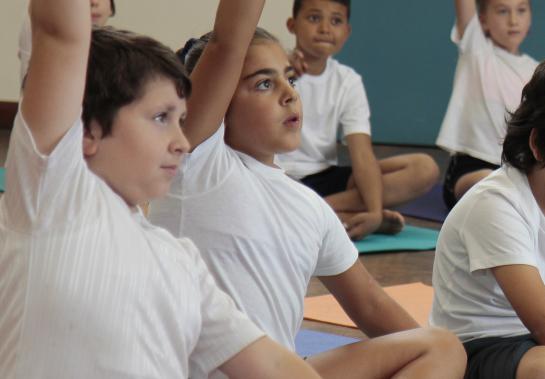
Introduction
The cherry on the cake, in my work, comes when a previously unresponsive child steps forward to show you that he wants to do the posture, knows how to do it, can speak his first word ever, can finish the line of a song for the first time, or can finish a counting sequence at TEN. These are happy, heartfelt milestones in a typical yoga lesson for children with autism and sensory & communication difficulties.
So how do you get to that point?
A piece of cake it is not! If there is one thing I have learnt in my many years of teaching yoga to children with autism in special schools it is this: Whatever happens assume you are engaging the children and you will get to taste your slice of success.
Had enough cake metaphors? Not quite? Let me explain:
When I am teaching I am highly structured. The children are seated in a circle of chairs. I use a visual timetable and posture cards to keep my verbal input to the minimum. Within that structure I target several layers or elements simultaneously; it's like a multi-tiered cake
The Layers
The most important layer is engagement. I have a plateful of tactics ranging from encouraging children to choose from posture cards hanging from an umbrella, or having a child emerge from behind a portable curtain singing a song, or using a simple, yet highly effective Matching Game
The fun layer is a key element. The child eagerly gets out of his chair and into the posture because it's fun; and if it continues to be fun then he wants to stay in the posture. The layer of repetition of postures over the weeks helps him become more at ease, more confident and skilled. You can imagine the layer of his sense of achievement growing as he progresses.
Simple social skills like waiting, listening, speaking, helping each other, taking turns and following rules make up a pretty thick layer. While the layers that tend to hit the news deal with fitness, flexibility and co-ordination.
But for me it's the unique layer or element of the vestibular and proprioceptive sensory systems that excite my taste buds.
The vestibular system "tells us if we are moving or still, while our proprioceptive system is the unconscious awareness of our body position. A combination of both systems gives us vital information about movement and where we are in relation to, for example, the floor. I teach many children whose vestibular and proprioceptive systems are dysfunctional. Using yoga postures I help to regulate those dysfunctions.
Is it a piece of cake teaching yoga to children with Autism? Hardly, but then, the joy when you see new skills emerging is like having your cake and eating it.
(c) Copyright 2012 Michael Chissick not to be reproduced or distributed without permission

